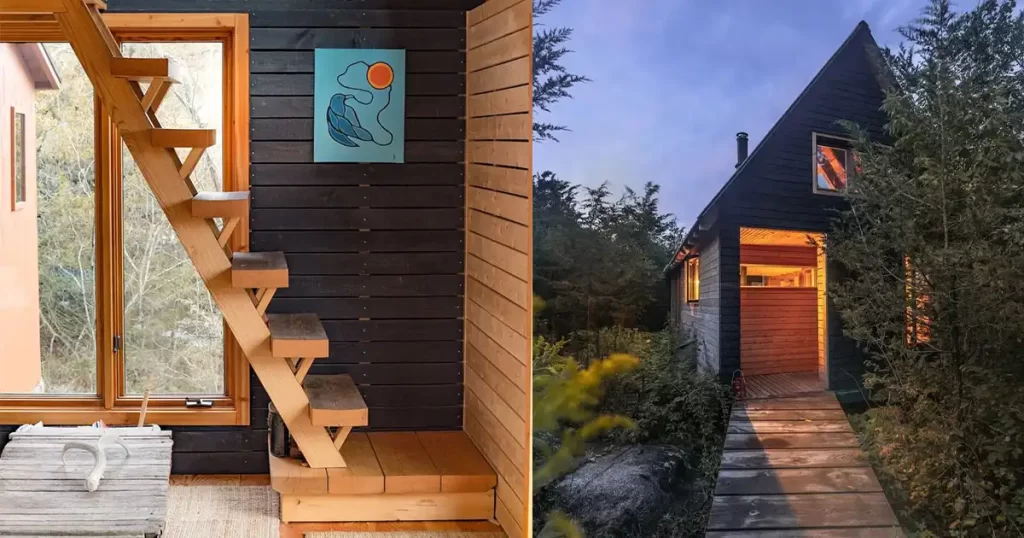Tiny House Insulation: Creating Efficient and Cozy Spaces

Tiny houses have gained immense popularity due to their sustainability, cost-effectiveness, and minimalistic lifestyle they offer. Insulation stands as a crucial aspect of tiny house construction, ensuring comfort, energy efficiency, and durability. This article delves into the significance of insulation, various insulation types, and their benefits for tiny houses.
The Importance of Insulation in Tiny Houses
Insulation plays a pivotal role in regulating temperature within compact spaces. In tiny houses, effective insulation maintains comfortable interior temperatures in both cold and warm climates. It helps in reducing energy consumption for heating or cooling, thereby promoting eco-friendliness and cost savings.

Tiny House Insulation
Factors Influencing Insulation Choices
Several factors impact the choice of insulation:
Size and Design:
The limited space in tiny houses necessitates thin yet efficient insulation materials to maximize interior space while maintaining thermal comfort.
Climate Considerations:
Regions with extreme temperatures require different insulation types. For instance, colder climates may benefit from higher R-value insulation to retain heat.
Types of Insulation for Tiny Houses
| Insulation Type | Description |
|---|---|
| Spray Foam | Offers high R-value per inch, suitable for areas with limited space but comes at a higher cost. |
| Fiberglass | Common and cost-effective, easy to install, but may not be as efficient in very cold climates. |
| Cellulose | Made from recycled paper, environmentally friendly, and effective in various climate conditions. |
| Sheep’s Wool | Natural, non-toxic, and flame-resistant; provides good insulation but might be costly. |
| Rigid Foam Boards | Excellent insulators; however, they can take up more space compared to other insulation types. |

Tiny House Insulation2
Considerations for Installation
Vapor Barrier:
Installing a vapor barrier is crucial to prevent moisture buildup within the walls, ensuring the insulation’s longevity.
Air Sealing:
Effective insulation also involves sealing gaps and cracks to prevent air leakage, enhancing energy efficiency.
Insulation stands as a cornerstone in the construction of tiny houses, providing comfort, energy efficiency, and sustainability. Choosing the right insulation type tailored to the house’s size, design, and climate ensures an optimal living environment for tiny house dwellers.

